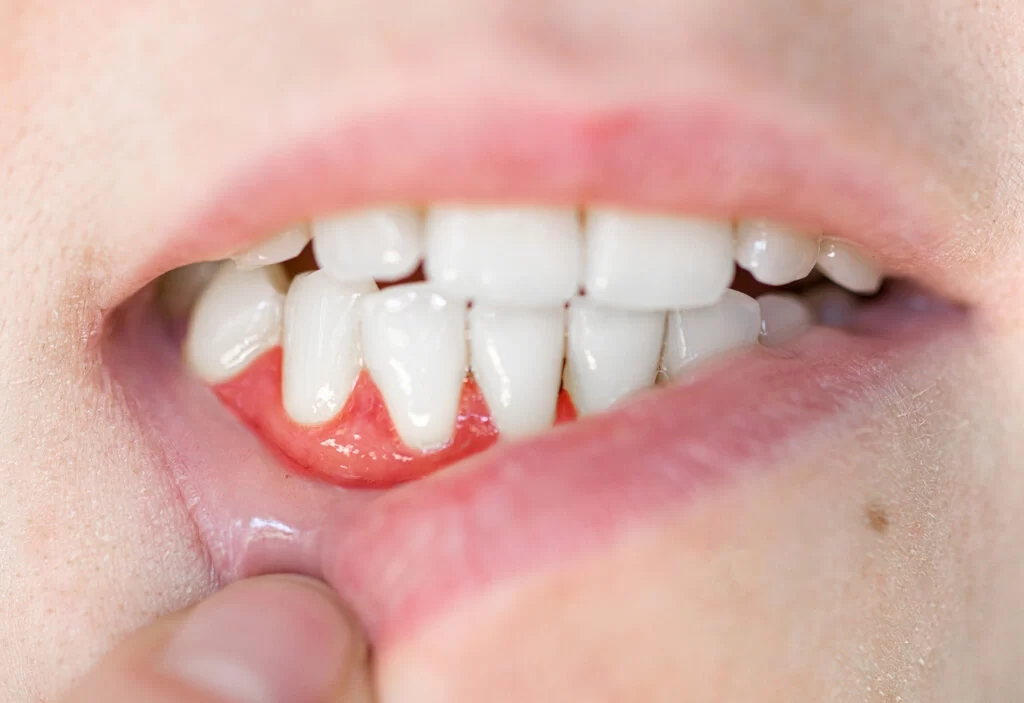
What Causes Abscesses Near the Gums and How to Treat Them
- What is a Gum Abscess?
- Causes of Abscesses Near the Gums
- Symptoms of a Gum Abscess
- Treating Gum Abscesses
- Prevention of Gum Abscesses
- Real-Life Case Studies of Gum Abscesses
- Professional Dental Care and Advice
What is a Gum Abscess?
A gum abscess is a painful infection that forms in the soft tissues of the gums. It typically occurs when bacteria invade the gums, leading to a pocket of pus forming under the gumline. This condition can result in severe pain, swelling, and, in some cases, a visible bump on the gum. If untreated, it can spread to other areas of the mouth and even the jaw, leading to more serious health issues.
Gum abscesses are often associated with dental infections, such as untreated cavities, gum disease, or a cracked tooth that allows bacteria to enter the deeper tissues. The severity of the abscess can vary, with some people experiencing only mild discomfort while others suffer from intense pain and swelling.
Causes of Abscesses Near the Gums
There are several factors that can lead to abscesses near the gums. Understanding these causes is crucial for preventing and effectively treating gum abscesses:
1. Poor Oral Hygiene
One of the most common causes of gum abscesses is poor oral hygiene. When plaque and bacteria are allowed to build up around the gums, they can lead to infection, ultimately causing abscesses. Regular brushing and flossing are key to preventing this buildup.
2. Gum Disease (Periodontal Disease)
Untreated gum disease is a leading cause of abscesses near the gums. As gum disease progresses, the tissue around the teeth becomes damaged, creating spaces where bacteria can thrive. These spaces can eventually lead to the formation of an abscess.
3. Dental Cavities
Cavities that are left untreated can reach the tooth’s pulp, allowing bacteria to enter the tooth and spread to the surrounding gum tissue. This can result in a dental abscess near the gums.
4. Trauma or Injury to the Teeth
Physical injury to the teeth, such as a chipped or cracked tooth, can expose the inner layers of the tooth to bacteria. If bacteria enter the tooth’s pulp, an abscess can form at the root and spread to the gums.
5. Weakened Immune System
A weakened immune system, due to conditions like diabetes or certain medications, can make it more difficult for the body to fight off infections, increasing the risk of developing gum abscesses.
Symptoms of a Gum Abscess
Recognizing the symptoms of a gum abscess early can help you seek treatment before the infection spreads. Common symptoms include:
1. Pain and Swelling
The most noticeable symptom of a gum abscess is pain in the affected area. The pain may be constant or throbbing and can worsen when chewing or touching the affected area. Swelling around the gums is also common.
2. A Pimple-Like Bump on the Gums
As the abscess forms, you may notice a small pimple-like bump on the gum, often filled with pus. This bump may burst and drain the pus, offering temporary relief from the pain.
3. Bad Breath
Infection and the buildup of pus can lead to an unpleasant odor in the mouth, contributing to persistent bad breath (halitosis).
4. Sensitivity to Temperature
People with a gum abscess may experience increased sensitivity to hot or cold foods and drinks. This can be particularly uncomfortable when consuming food or beverages that are at extreme temperatures.
5. Fever and General Malaise
If the infection spreads, you may develop a fever and feel generally unwell. This is a sign that the infection may be becoming more serious and needs immediate medical attention.
Treating Gum Abscesses
Prompt treatment is essential to prevent the infection from spreading and to alleviate the symptoms of a gum abscess. Here are the common treatments:
1. Drainage of the Abscess
In many cases, the abscess needs to be drained to remove the pus and reduce pressure. A dentist will typically make a small incision in the abscess to allow the pus to drain out.
2. Antibiotics
To control the infection, your dentist may prescribe antibiotics. This helps to eliminate the bacteria causing the abscess and reduce the risk of the infection spreading to other areas of the mouth.
3. Root Canal Treatment
If the abscess is caused by a tooth infection, a root canal may be necessary to remove the infected tissue from the tooth’s root and prevent further spread of the infection.
4. Tooth Extraction
In severe cases, where the tooth cannot be saved, a dentist may recommend extracting the tooth to prevent the infection from spreading to other parts of the mouth.
Prevention of Gum Abscesses
Preventing gum abscesses is the best way to avoid the pain and complications associated with these infections. Here are some effective strategies:
1. Maintain Good Oral Hygiene
Brushing your teeth at least twice a day with fluoride toothpaste and flossing daily can help prevent the buildup of plaque and bacteria that cause gum infections. Regular dental check-ups are also essential for early detection of problems.
2. Treat Cavities and Gum Disease Promptly
Early treatment of dental cavities and gum disease is key to preventing abscesses. Be sure to visit your dentist regularly for cleanings and check-ups.
3. Avoid Tobacco
Smoking and using tobacco products can increase the risk of gum disease and tooth decay. Quitting smoking improves your oral health and lowers your risk of developing abscesses.
4. Stay Hydrated and Eat a Balanced Diet
Proper hydration and a balanced diet rich in vitamins and minerals are crucial for maintaining healthy gums. Avoid sugary snacks that can promote the growth of harmful bacteria in your mouth.
Real-Life Case Studies of Gum Abscesses
Take the case of John, who had been neglecting his oral health for years. He ignored the mild pain in his gums, which eventually developed into a full-blown abscess. After seeking treatment, he had his abscess drained and a root canal performed. Now, with proper dental care, John no longer suffers from abscesses.
Another example is Emily, who had a gum abscess caused by a deep cavity. With the help of antibiotics and a timely dental visit, Emily was able to resolve the issue without the need for tooth extraction. Both of these cases highlight the importance of early detection and treatment in managing gum abscesses.
Professional Dental Care and Advice
If you suspect you have a gum abscess, it is essential to seek professional dental care as soon as possible. At Dentistry Toothtruth, our team of experts can provide a comprehensive examination and recommend the best treatment options for you. Don’t wait—early intervention is key to preventing more severe complications from developing.


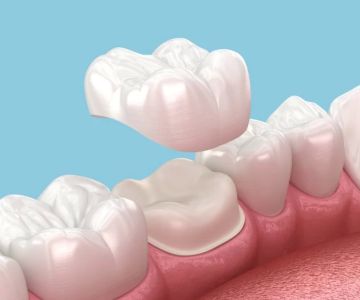
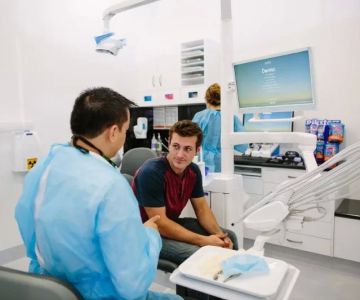

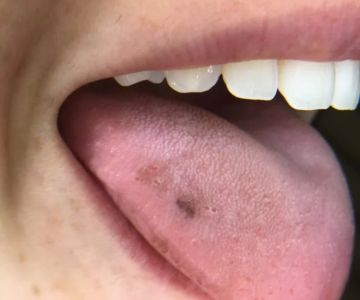
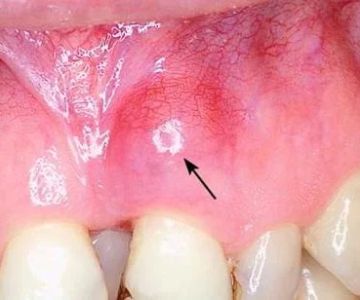
 Crown Point Dental Care4.0 (453 review)
Crown Point Dental Care4.0 (453 review)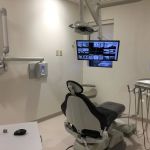 Maple Brook Dental of MN4.0 (532 review)
Maple Brook Dental of MN4.0 (532 review) Lori Anderson DDS PC4.0 (45 review)
Lori Anderson DDS PC4.0 (45 review) West Dundee Dental4.0 (33 review)
West Dundee Dental4.0 (33 review) Arizona's Tooth Doctor for Kids - Patients Care Center4.0 (119 review)
Arizona's Tooth Doctor for Kids - Patients Care Center4.0 (119 review) Gitlin Dental Group4.0 (799 review)
Gitlin Dental Group4.0 (799 review) The Importance of Oral Health Education During Pregnancy for a Healthy Pregnancy
The Importance of Oral Health Education During Pregnancy for a Healthy Pregnancy Best Tips for Brushing Your Teeth Properly for Healthy Gums: Essential Techniques for Oral Health
Best Tips for Brushing Your Teeth Properly for Healthy Gums: Essential Techniques for Oral Health Why Skipping Dental Checkups Can Lead to Bigger Oral Health Problems
Why Skipping Dental Checkups Can Lead to Bigger Oral Health Problems Advantages of Porcelain Dental Restorations
Advantages of Porcelain Dental Restorations How Can Diabetes Cause Tooth and Gum Problems? Preventing and Managing Oral Health Issues
How Can Diabetes Cause Tooth and Gum Problems? Preventing and Managing Oral Health Issues Healthy Habits for Promoting Good Oral Health and Hygiene: Tips for a Healthy Smile
Healthy Habits for Promoting Good Oral Health and Hygiene: Tips for a Healthy Smile